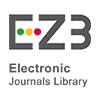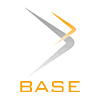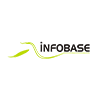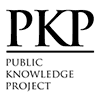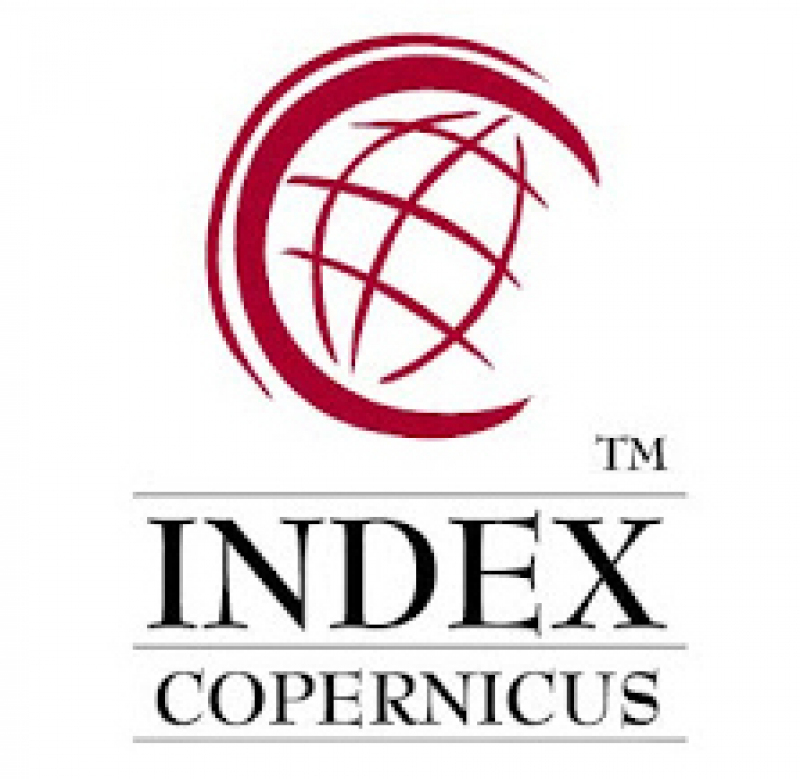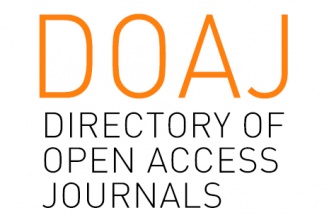Thermal Comfort Simulation for the Arrangement of the Krueng Aceh Riverbank Park
Abstract
Keywords
Full Text:
PDFReferences
Bella Septiyana (2022). Pengaruh Pelatihan dan Pengembangan Kair Terhadap Kinerja Karyawan Dengan Employee Engagement Sebagai Variabel Intervening.
Djumali, S., Musa, R., & Ashad, H. (2022). Evaluasi Skematik Alokasi Air Daerah Aliran Sungai Jeneberang. Jurnal Konstruksi: Teknik, Infrastruktur dan Sains, 1(6), 42–54
Hermawan Iwan (2019). “Metodologi Penelitian Pendidikan Kualitatif, Kuantitatif dan Mixed Method”. Kuningan : Hidayatul Quran Kuningan.
Polie, R. J., Rispiningtati, R., & Dermawan, V. (2014). Kajian Sistem Manajemen Pengelolaan Daerah Aliran Sungai dalam Upaya Pelestarian Sumber Daya Air (Studi Kasus: DAS Bone Provinsi Gorontalo). Jurnal Teknik Pengairan, 5(2), 189–198
Putranto, T. T., & Susanto, N. (2019). Kajian Daya Tampung dan Mutu Kelas Air Daerah Aliran Sungai Banjir Kanal Timur, Kota Semarang. Jurnal Wilayah dan Lingkungan, 7(2), 121–136.
Tarumingkeng. (2000). Serangga dan Lingkungan.www.tumoutou.net/serangga. 20Juni 2004. Hal: 1-5.
Ujianti, R. M. D., Agung, L. A., & Kurniawan, F. T. (2021). Optimalisasi Hilir Daerah Aliran Sungai Sebagai Kawasan Pertanian Dan Budidaya Perikanan Berbasis Masyarakat. Jurnal Inovasi Penelitian, 2(1), 229–234.
DOI: http://dx.doi.org/10.18415/ijmmu.v12i8.6972
Refbacks
- There are currently no refbacks.
Copyright (c) 2025 International Journal of Multicultural and Multireligious Understanding

This work is licensed under a Creative Commons Attribution-NonCommercial-NoDerivatives 4.0 International License.
https://ijmmu.com
editor@ijmmu.com
facebook.com/ijmmu
Copyright © 2014-2018 IJMMU. All rights reserved.
















